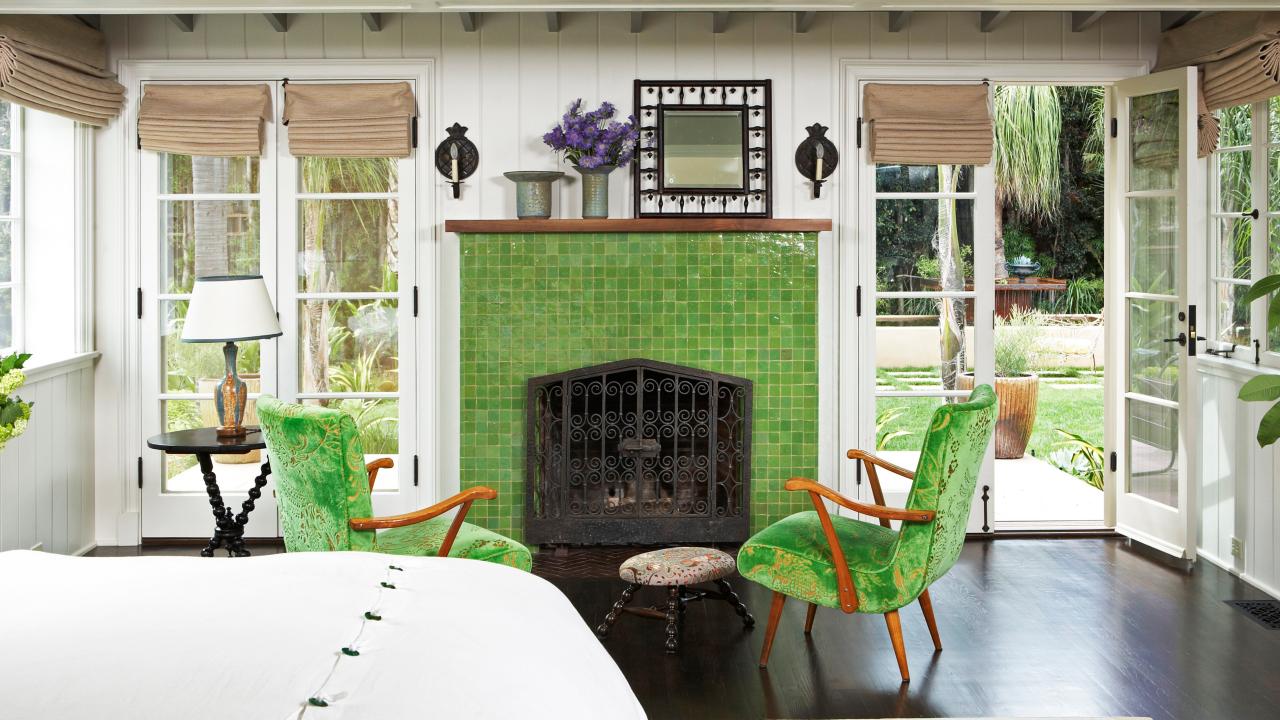

Articles
How To Hide A Fireplace
Modified: August 28, 2024
Learn how to hide a fireplace in your home with our informative articles. Find creative and practical solutions to conceal your fireplace and enhance the aesthetic appeal of your living space.
(Many of the links in this article redirect to a specific reviewed product. Your purchase of these products through affiliate links helps to generate commission for Storables.com, at no extra cost. Learn more)
Introduction
Fireplaces can be a beautiful and cozy addition to any home, providing warmth and ambiance during the colder months. However, there may be situations where you want to hide or conceal your fireplace for various reasons. Whether you are looking to create a different focus in the room, protect young children from accessing it, or simply prefer a different aesthetic, there are several methods you can use to hide your fireplace.
In this article, we will explore different approaches to hiding a fireplace and provide you with practical tips and ideas to transform your space. From concealing the fireplace with furniture to using decorative screens or room dividers, we will guide you through the process of hiding your fireplace in a way that is both functional and visually appealing.
Before we dive into the details, it’s important to note that while hiding a fireplace can be a great solution for certain situations, it is essential to consider safety precautions and adhere to the necessary guidelines. Make sure to consult with professionals and follow local building codes to ensure that your hidden fireplace remains safe and secure.
Now, let’s begin our journey and discover the various methods you can employ to hide your fireplace.
Key Takeaways:
- Transform your space by hiding your fireplace with furniture, decorative screens, or artwork to create a new focal point, enhance safety, or achieve a cohesive design while prioritizing safety and functionality.
- Incorporate a fireplace safe and hidden storage to maximize functionality, conceal the fireplace, and maintain safety by ensuring proper installation, ventilation, and maintenance. Prioritize safety and consult professionals when needed.
Step 1: Determine the Purpose of Hiding the Fireplace
Before embarking on the process of hiding your fireplace, it’s crucial to identify why you want to conceal it. Each reason may require a different approach and determine the extent to which you need to hide the fireplace.
One common reason for hiding a fireplace is to create a different focal point in the room. If your fireplace is currently the main feature of the space and you want to shift the attention elsewhere, you can choose to hide it partially or entirely. This allows you to introduce a new focal point such as a large window, a piece of artwork, or a prominent piece of furniture.
Another consideration is safety. If you have young children or pets, hiding the fireplace can prevent accidental burns or injuries. In this case, your focus should be on implementing safety measures, such as installing fireplace covers or enclosures.
Additionally, you may want to hide the fireplace to achieve a different aesthetic or style in the room. If the design of the fireplace does not align with your overall interior theme, concealing it can help create a more cohesive look. You can achieve this by using decorative screens or room dividers that complement your desired style.
Lastly, some homeowners choose to hide their fireplaces due to functionality reasons. For instance, if your fireplace is old and no longer in use, hiding it can create more usable space in the room. In this case, you may consider covering it with furniture or incorporating storage solutions.
Once you have determined the purpose of hiding your fireplace, you can proceed to the next steps and explore the different methods that will suit your specific needs. Remember to consider safety, functionality, and aesthetic appeal when making your decision.
Step 2: Choosing the Right Method
After establishing why you want to hide your fireplace, the next step is to choose the method that best fits your needs and preferences. There are several options available, each with its own advantages and considerations.
1. Concealing the Fireplace with Furniture: One popular method is to use furniture to hide the fireplace. This can include placing a large bookshelf, cabinet, or entertainment center in front of the fireplace. The furniture not only provides a functional purpose but also effectively hides the fireplace from view. Ensure that the furniture is securely positioned and does not impede the airflow or pose a fire hazard.
2. Using Decorative Screens or Room Dividers: Another approach is to install decorative screens or room dividers around the fireplace. These can be freestanding screens or built-in partitions. By selecting screens or dividers that match your interior style, you can create an aesthetically pleasing visual barrier around the fireplace while still allowing for ventilation.
3. Installing a Fireplace Cover or Enclosure: If safety is a concern, you may opt for a fireplace cover or enclosure. This provides a physical barrier between the fireplace and the rest of the room, preventing unintentional access. Fireplace covers can be made of heat-resistant materials and can be customized to blend seamlessly with your decor. Remember to choose a cover that is easy to open and close, ensuring both safety and convenience.
4. Camouflaging the Fireplace with Artwork or Mirrors: Another creative way to hide a fireplace is to incorporate artwork or mirrors. By strategically placing these decorative elements on the wall above the fireplace, you can draw attention away from the actual fireplace and create a visually captivating focal point. This method adds a touch of elegance and can seamlessly integrate with your existing decor.
5. Incorporating a Fireplace Safe and Securely Hidden Storage: If you want to maximize space utilization while hiding your fireplace, consider incorporating a fireplace safe or storage solution. This allows you to hide the fireplace behind a functional feature such as a built-in cabinet, where you can store books, media equipment, or other belongings. Ensure proper ventilation and safety measures are in place when using this method.
When selecting the right method, take into account factors such as safety, functionality, visual appeal, and overall compatibility with your design preferences. It’s also important to consider the size and layout of your room to ensure that the chosen method does not overpower the space or disrupt the flow of the room.
By carefully choosing the method that suits your needs, you can effectively hide your fireplace while maintaining a cohesive and visually appealing living space. Now that you have selected your method, it’s time to proceed with implementing your chosen approach.
Step 3: Concealing the Fireplace with Furniture
One popular method to hide a fireplace is by concealing it with furniture. This approach not only hides the fireplace but also provides an opportunity to enhance the functionality and aesthetics of the room. Here’s how you can effectively conceal your fireplace with furniture:
1. Choose the Right Furniture: Select a piece of furniture that complements the style and size of the room. It should be large enough to cover the fireplace entirely or partially, depending on your preference. Consider options such as bookshelves, cabinets, entertainment centers, or even a freestanding room divider.
2. Position the Furniture: Carefully position the furniture in such a way that it blocks the fireplace from view. Ensure that the furniture is stable and securely placed, avoiding any risk of it accidentally toppling over. If necessary, anchor the furniture to the wall to provide added stability.
3. Pay Attention to Airflow: It’s essential to ensure proper airflow around the fireplace, even when it is concealed by furniture. Adequate ventilation helps maintain the safety and functionality of the fireplace. Make sure there is ample space for air circulation through the vents or between the furniture and fireplace enclosure.
4. Blend Furniture with the Room’s Design: To create a cohesive look, select furniture that complements the existing decor and style of the room. This will help the concealed fireplace seamlessly integrate into the overall design scheme. Consider factors such as color, material, and finishes to achieve a harmonious aesthetic.
5. Enhance Functionality: Take advantage of the concealed fireplace by incorporating additional functionality into the furniture. For example, if you choose a bookshelf or cabinet, use the shelves to store books, decor items, or display personal mementos. This approach maximizes space utilization while hiding the fireplace.
6. Maintain Accessibility: While the objective is to hide the fireplace, it’s important to maintain accessibility for maintenance and repairs. Consider furniture designs that are easy to move or disassemble if needed. Remember to leave enough space to access the fireplace controls, gas valve, or chimney for maintenance purposes.
Concealing the fireplace with furniture not only hides it from view but also adds functional and decorative value to the room. By carefully choosing furniture that integrates seamlessly into the overall design scheme, you can achieve a cohesive and visually appealing space while successfully hiding the fireplace.
Now that you have concealed the fireplace with furniture, you can enjoy an updated living space with a changed focal point. If concealing the fireplace with furniture doesn’t suit your preferences, there are other methods to explore in the following steps.
Step 4: Using Decorative Screens or Room Dividers
If you’re looking for a visually appealing way to hide your fireplace, using decorative screens or room dividers can be an excellent option. Not only do they effectively conceal the fireplace, but they also add style and sophistication to your space. Follow these steps to successfully incorporate decorative screens or room dividers:
1. Choose the Right Design: Look for decorative screens or room dividers that complement the overall aesthetic of your room. Consider factors such as color, pattern, material, and texture. Whether you prefer a traditional or contemporary style, there are numerous options available to suit your taste.
2. Determine Placement: Decide where you want to position the decorative screen or room divider. You can place it directly in front of the fireplace to completely hide it or position it slightly off-center to create an asymmetrical visual effect. Experiment with different placements to find the most visually appealing arrangement.
3. Ensure Proper Airflow: Just like with furniture, it’s essential to maintain proper airflow around the fireplace when using decorative screens or room dividers. Ensure that there is adequate space for heat to escape and for air to circulate, preventing any potential safety hazards.
4. Consider the Material: Take into account the material of the screen or room divider. If you have a wood-burning fireplace, choose a screen or divider made of non-combustible materials to prevent any fire risks. For gas or electric fireplaces, you have more flexibility in selecting materials, but still, consider heat-resistant options.
5. Play with Transparency: Depending on your preference, you can choose a decorative screen or room divider with varying degrees of transparency. If you still want to enjoy the glow of the fire, consider options with perforated metal, frosted glass, or translucent materials. Alternatively, opt for opaque screens if you prefer complete concealment.
6. Incorporate Lighting: Enhance the ambiance and visual impact by incorporating lighting elements behind the decorative screen or room divider. Install LED strip lights or spotlights to highlight the screen’s design and create an inviting atmosphere in the room.
7. Experiment with Artistic Elements: Consider using the screen or divider itself as an art piece by selecting options with intricate patterns or artistic designs. Explore different styles such as lattice, geometric shapes, botanical motifs, or even customized designs to add a unique touch to your fireplace concealment.
Decorative screens or room dividers not only effectively hide your fireplace but also serve as stylish and eye-catching elements in your room. By selecting the right design, ensuring proper airflow, and incorporating artistic elements, you can transform your fireplace concealment into a visually stunning feature.
Now that you have explored the option of using decorative screens or room dividers, let’s move on to other methods of hiding your fireplace in the following steps.
Consider using a decorative fireplace screen or cover to hide the fireplace when not in use. This can add a stylish touch to the room while also concealing the fireplace.
Read more: How To Hide A Printer
Step 5: Installing a Fireplace Cover or Enclosure
If safety is a primary concern when hiding your fireplace, installing a fireplace cover or enclosure is an effective solution. These protective barriers create a physical separation between the fireplace and the rest of the room, ensuring the safety of children or pets. Follow these steps to successfully install a fireplace cover or enclosure:
1. Choose the Right Type: There are various types of fireplace covers and enclosures available, so choose the one that best suits your needs. Options include glass doors, metal mesh screens, or custom-built enclosures. Consider factors such as safety, functionality, and aesthetic appeal when making your selection.
2. Measure and Prepare: Before purchasing a fireplace cover or enclosure, carefully measure the dimensions of your fireplace. Ensure the cover or enclosure fits accurately and securely. Additionally, inspect the condition of your fireplace and address any necessary repairs or maintenance beforehand.
3. Follow Installation Instructions: Different fireplace covers or enclosures may have specific installation instructions, so make sure to read and follow them meticulously. If you’re unsure, consult with a professional or contact the manufacturer for guidance. Proper installation ensures optimal safety and functionality.
4. Consider Clearances: When installing a fireplace cover or enclosure, it’s important to maintain proper clearances. Follow the manufacturer’s guidelines to ensure proper ventilation and prevent the buildup of heat or the risk of fire hazards. Improper clearances can affect the efficiency of your fireplace and compromise safety.
5. Choose a Design: Fireplace covers and enclosures come in various designs and styles. Consider the overall aesthetics of your room and select a cover or enclosure that complements your interior design. Whether you prefer a classic, modern, or rustic look, there are options to suit every style.
6. Test for Functionality: Once installed, test the functionality of your fireplace cover or enclosure. Ensure that it opens and closes smoothly, allowing for easy access to the fireplace when needed. Test the latch or locking mechanism to guarantee proper closure and prevent any accidental openings.
7. Maintain and Clean: Regularly maintain and clean your fireplace cover or enclosure to ensure its longevity and optimal performance. Wipe down the glass, metal, or other materials with suitable cleaners and follow the manufacturer’s instructions for maintenance. Regular maintenance helps uphold the safety and appearance of your fireplace cover or enclosure.
Installing a fireplace cover or enclosure provides you with peace of mind by creating a physical barrier between your fireplace and the surrounding area. These safety measures allow you to control access to the fireplace while still maintaining its functionality.
Now that you have explored the option of installing a fireplace cover or enclosure, let’s move on to other methods of hiding your fireplace in the following steps.
Step 6: Camouflaging the Fireplace with Artwork or Mirrors
One creative and visually striking method to hide your fireplace is by camouflaging it with artwork or mirrors. This approach not only conceals the fireplace but also adds a decorative element to your space. Follow these steps to successfully camouflage your fireplace:
1. Select the Right Artwork or Mirrors: Choose artwork or mirrors that match the style and size of your room. Consider the colors, themes, and scale of the pieces to ensure they harmonize with the overall design. Opt for larger pieces to effectively cover the fireplace and create an impactful visual statement.
2. Determine Placement: Decide on the placement of the artwork or mirrors in relation to the fireplace. You can hang them directly above the fireplace to divert attention or position them strategically to create a focal point away from the fireplace. Experiment with different arrangements to find the most aesthetically pleasing and effective camouflage.
3. Consider Safety Precautions: When hanging artwork or mirrors near a fireplace, it’s crucial to consider safety precautions. Ensure that the artwork or mirrors are securely mounted and do not pose any risks of falling or becoming dislodged due to the heat or movement of the fireplace. If in doubt, consult a professional for guidance.
4. Reflect Light and Space: Mirrors can be particularly effective in camouflaging a fireplace as they reflect light and create an illusion of space. Place a large mirror above the fireplace to visually expand the area and create a sense of depth. This can help divert attention from the fireplace itself and draw focus elsewhere in the room.
5. Coordinate with Surrounding Decor: Ensure that the artwork or mirrors you choose coordinate well with the surrounding decor. Consider the color scheme, style, and theme of the room to create a cohesive and harmonious look. The artwork or mirror should seamlessly blend into the overall design and enhance the aesthetic appeal of the space.
6. Pay Attention to Proportions: When selecting artwork or mirrors, consider the proportions in relation to the fireplace and the room. Avoid choosing pieces that are too small or too large, as they can create a disproportionate effect. Aim for a balance between the size of the artwork or mirror and the scale of the fireplace and surrounding elements.
7. Create a Gallery Wall: Instead of using a single piece of artwork or mirror, you can create a gallery wall around the fireplace. Group several smaller artworks or mirrors together to create an interesting and dynamic display. This approach adds visual interest and further conceals the fireplace.
Camouflaging your fireplace with artwork or mirrors allows you to incorporate decorative elements that divert attention away from the fireplace while adding beauty and style to your space. Whether you choose a single statement piece or create a gallery wall, this method offers a creative way to hide your fireplace.
Now that you have explored the option of camouflaging the fireplace with artwork or mirrors, let’s move on to other methods of hiding your fireplace in the following steps.
Step 7: Incorporating a Fireplace Safe and Securely Hidden Storage
Incorporating a fireplace safe and securely hidden storage is a clever way to hide your fireplace while maximizing functionality and storage space. This method allows you to conceal the fireplace behind a functional feature, providing both safety and storage options. Follow these steps to successfuly incorporate a fireplace safe and hidden storage:
1. Choose a Fireplace Safe: Select a fireplace safe that meets your safety and storage needs. Look for safes that are specifically designed for fireplace use and have high fire resistance ratings. Consider the size and capacity of the safe to accommodate your storage requirements.
2. Install the Fireplace Safe: Install the fireplace safe securely, ensuring it is anchored to the wall or floor to prevent theft or accidents. Follow the manufacturer’s instructions or consult a professional for proper installation. Place the safe in a location where it is easily accessible yet discreetly hidden.
3. Design Hidden Storage Solutions: Alongside the fireplace safe, consider incorporating hidden storage solutions such as built-in cabinets, shelves, or drawers. These can be discreetly integrated into the surrounding walls or furniture, providing easily accessible storage while hiding the fireplace from view.
4. Utilize Clever Design Elements: Incorporate design elements that seamlessly blend the hidden storage with the overall room aesthetic. Choose finishes, materials, and colors that match the existing decor. Consider using flush-mounted doors, hidden hinges, or wall panels to maintain a clean and uncluttered appearance.
5. Ensure Adequate Ventilation: When incorporating hidden storage close to the fireplace, ensure proper ventilation to prevent heat buildup. Install vents or grilles to allow for airflow and prevent any potential fire hazards. Consult with professionals to ensure that the ventilation system meets safety regulations.
6. Organize and Optimize Storage Space: Maximize the functionality of the hidden storage by organizing it effectively. Utilize shelves, dividers, or storage containers to keep items neatly arranged. Consider the specific needs of the space, whether it’s storing firewood, accessories, or other household items.
7. Maintain Safety Measures: Regularly inspect the fireplace safe and hidden storage to ensure they remain in proper working condition. Check for any signs of damage, wear, or potential safety risks. Keep the area surrounding the fireplace safe and hidden storage free from clutter or flammable materials.
Incorporating a fireplace safe and securely hidden storage not only offers a practical solution for hiding your fireplace but also provides additional storage space in your home. By carefully considering safety measures and optimizing the design, you can effectively conceal the fireplace while maintaining a functional and organized living space.
Now that you have explored the option of incorporating a fireplace safe and hidden storage, let’s move on to the final step of maintaining safety considerations.
Step 8: Maintaining Safety Considerations
When it comes to hiding your fireplace, it’s essential to prioritize safety. A hidden fireplace should still adhere to safety guidelines to prevent any potential hazards. Follow these steps to maintain safety considerations when hiding your fireplace:
1. Follow Local Building Codes: Familiarize yourself with the local building codes and regulations regarding fireplaces. Ensure that your chosen method of hiding the fireplace complies with the necessary safety standards. Consult with professionals, such as contractors or building inspectors, if you have any doubts or questions.
2. Ensure Proper Ventilation: Regardless of the method you choose to hide the fireplace, ensure that there is sufficient ventilation to release any heat, smoke, or gases. Proper airflow prevents the buildup of potentially harmful substances and maintains the functionality of the fireplace. Consult professionals to ensure proper ventilation standards are met.
3. Regular Maintenance and Inspections: Regularly maintain and inspect your fireplace, even if it is hidden from view. Hire a professional to clean and inspect your chimney, gas lines, or electrical components to ensure they are in good working condition. Address any issues or repairs promptly to maintain safety and prevent potential hazards.
4. Be Mindful of Flammable Materials: Ensure that any materials, such as furniture, curtains, or decor, placed near the concealed fireplace are non-flammable or flame-resistant. Avoid placing highly flammable items in close proximity to the fireplace, even if it is hidden, to prevent the risk of fire accidents.
5. Maintain Accessibility: If you are using a method that involves concealing the fireplace behind furniture or storage, ensure that necessary access points remain unobstructed. This includes access to gas valves, electrical switches, or any controls for the fireplace. Maintain clear pathways to these components for maintenance or emergencies.
6. Use Proper Fire Safety Equipment: Install and maintain the necessary fire safety equipment in your home, including smoke detectors and fire extinguishers. Ensure that these devices are easily accessible and regularly tested to ensure they are in good working condition. Familiarize yourself with proper fire safety procedures and educate your household members on what to do in case of a fire.
7. Seek Professional Advice: If you have any concerns or questions regarding safety considerations when hiding your fireplace, do not hesitate to seek professional advice. Consult with experts such as chimney sweeps, contractors, or fire safety professionals to ensure that your concealed fireplace remains safe and compliant with safety standards.
Remember, safety should always be a top priority when it comes to any modifications or concealments involving fireplaces. By following safety guidelines, conducting regular maintenance, and staying vigilant, you can enjoy a hidden fireplace without compromising the safety of your home and loved ones.
Now that you have learned about maintaining safety considerations, you are well-equipped to successfully and safely hide your fireplace.
Happy fireplace hiding!
Read more: How To Hide Conduit
Conclusion
Hiding a fireplace can be a practical and aesthetic solution for various reasons, such as creating a different focal point, enhancing safety, or achieving a cohesive design. By following the steps outlined in this article, you can successfully hide your fireplace while maintaining functionality and style in your living space.
First, determine the purpose behind hiding your fireplace to guide your decision-making process. Whether it’s shifting the focus of the room, prioritizing safety, or simply changing the aesthetics, understanding your goals will help you choose the most suitable method.
Consider concealing the fireplace with furniture, using decorative screens or room dividers, installing a fireplace cover or enclosure, or camouflaging the fireplace with artwork or mirrors. Each method offers its own unique advantages and design possibilities.
Incorporating a fireplace safe and hidden storage is another option to explore, as it adds functionality to your space while concealing the fireplace. In doing so, ensure proper installation, ventilation, and maintenance to prioritize safety at all times.
Throughout the process, it is important to maintain safety considerations. Follow local building codes, ensure proper ventilation, conduct regular maintenance and inspections, be mindful of flammable materials, and maintain accessibility to necessary components.
By following these steps and considering safety, functionality, and design, you can successfully hide your fireplace and achieve the desired effect in your home. Always prioritize safety and consult with professionals when needed.
Now it’s time to embark on your fireplace hiding journey. Get creative, be mindful of safety, and transform your space into a new and exciting environment.
Frequently Asked Questions about How To Hide A Fireplace
Was this page helpful?
At Storables.com, we guarantee accurate and reliable information. Our content, validated by Expert Board Contributors, is crafted following stringent Editorial Policies. We're committed to providing you with well-researched, expert-backed insights for all your informational needs.
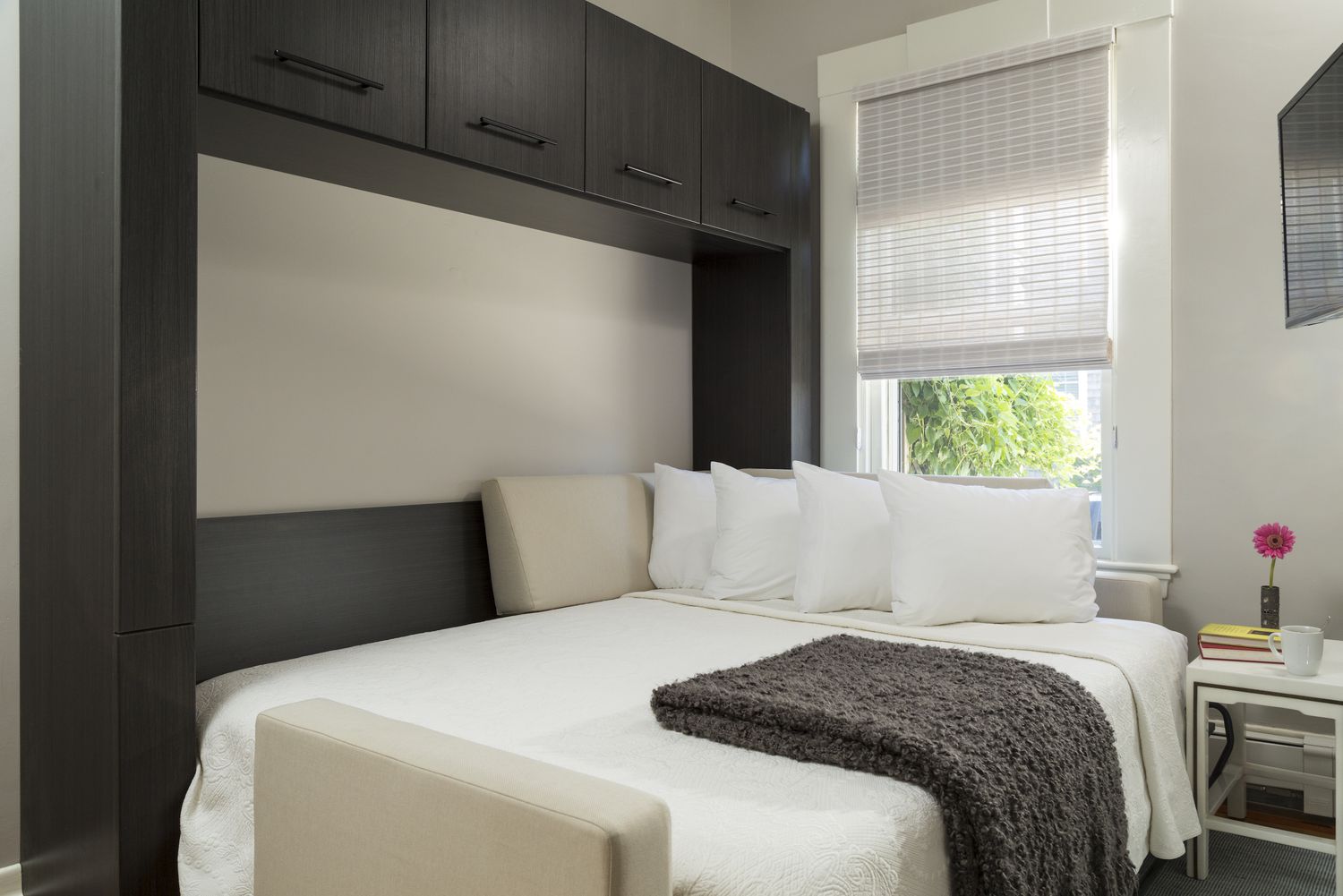
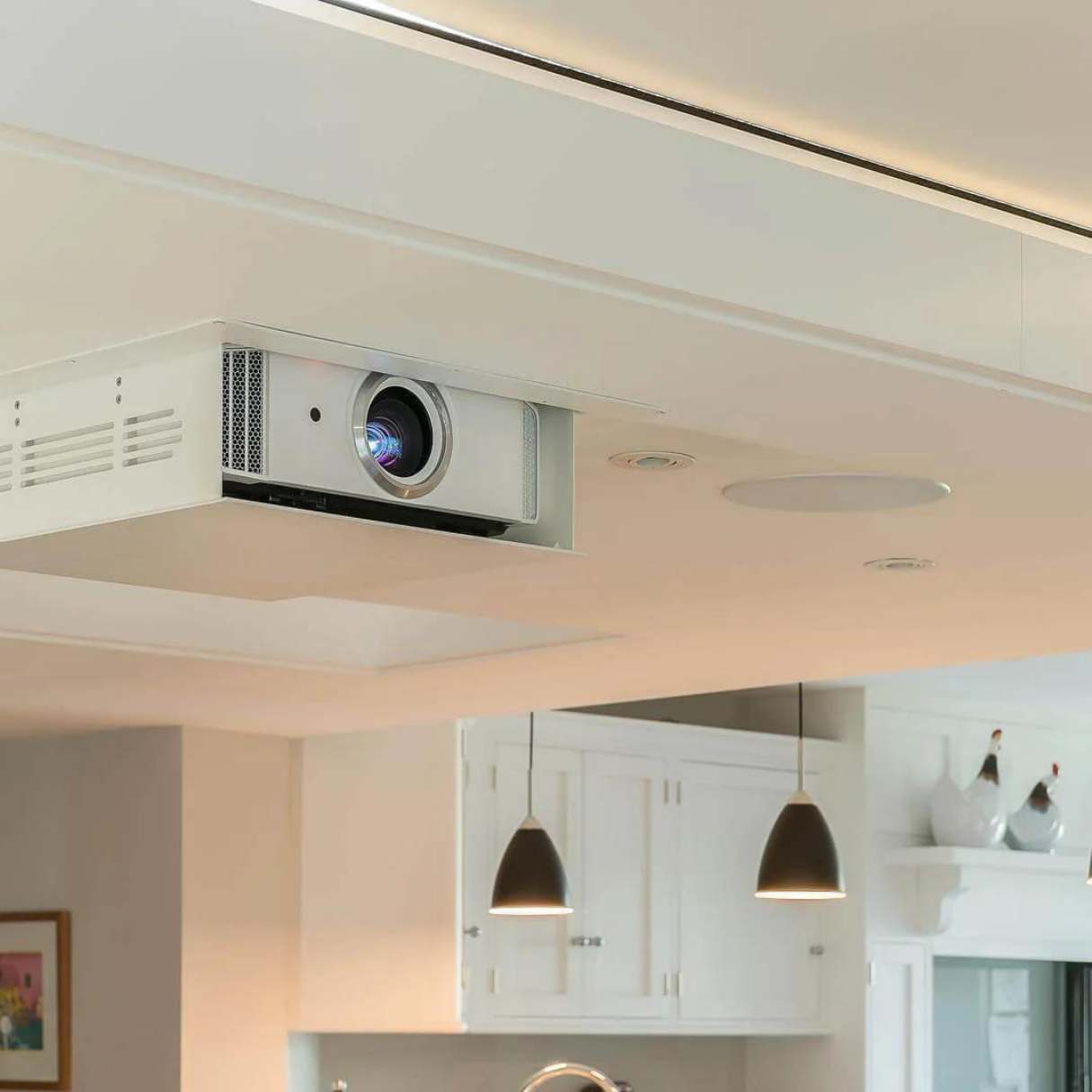
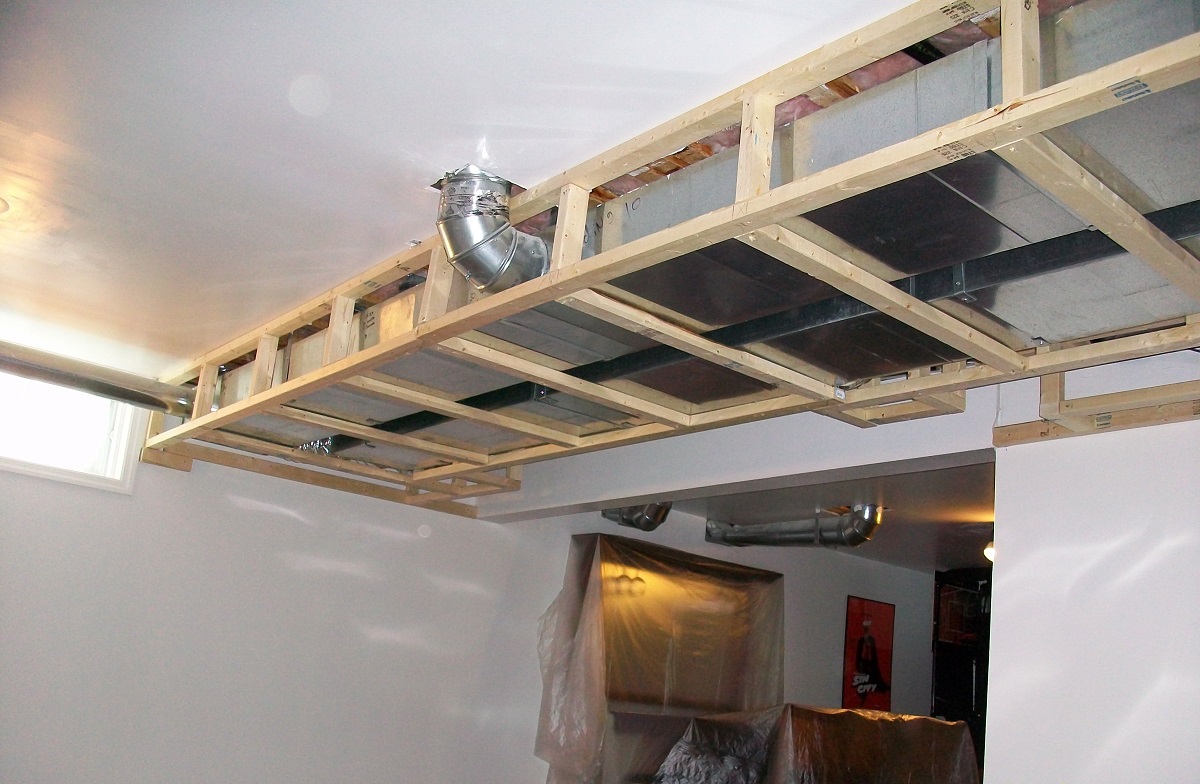
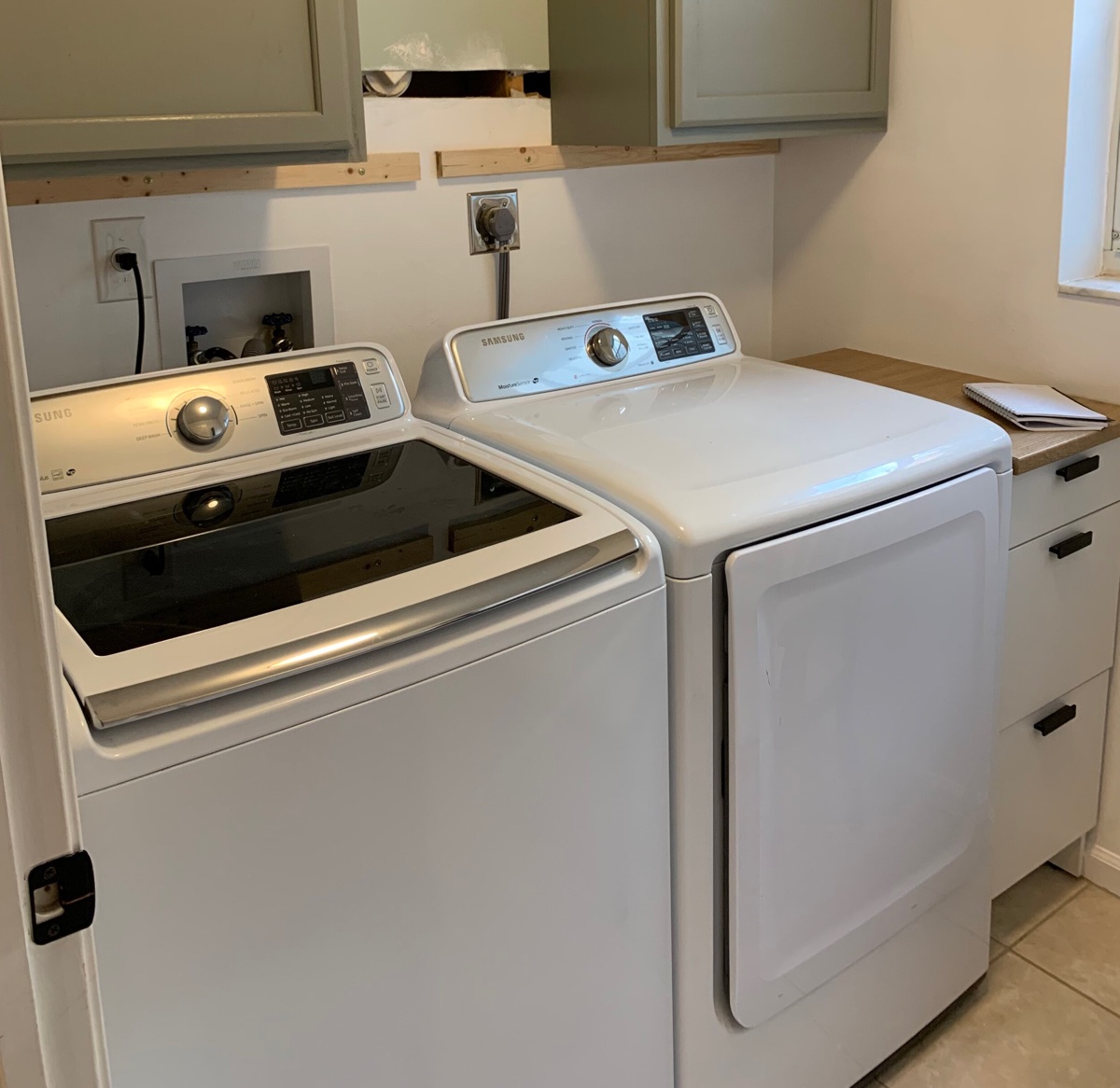
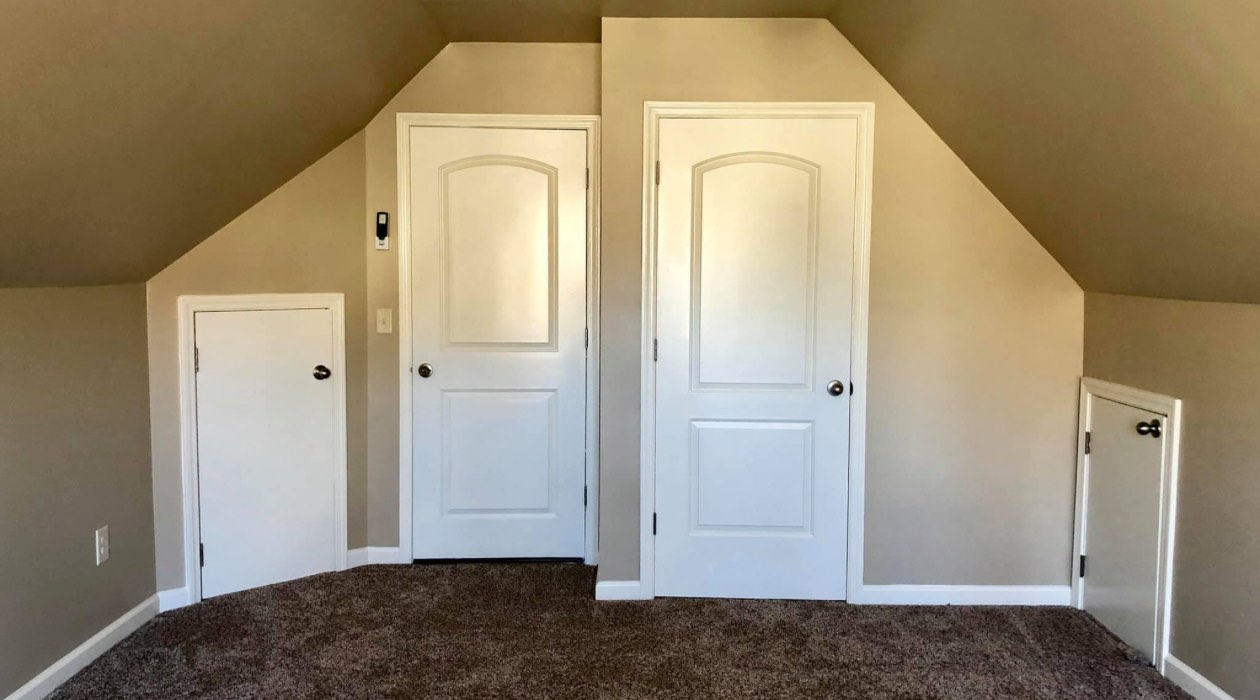
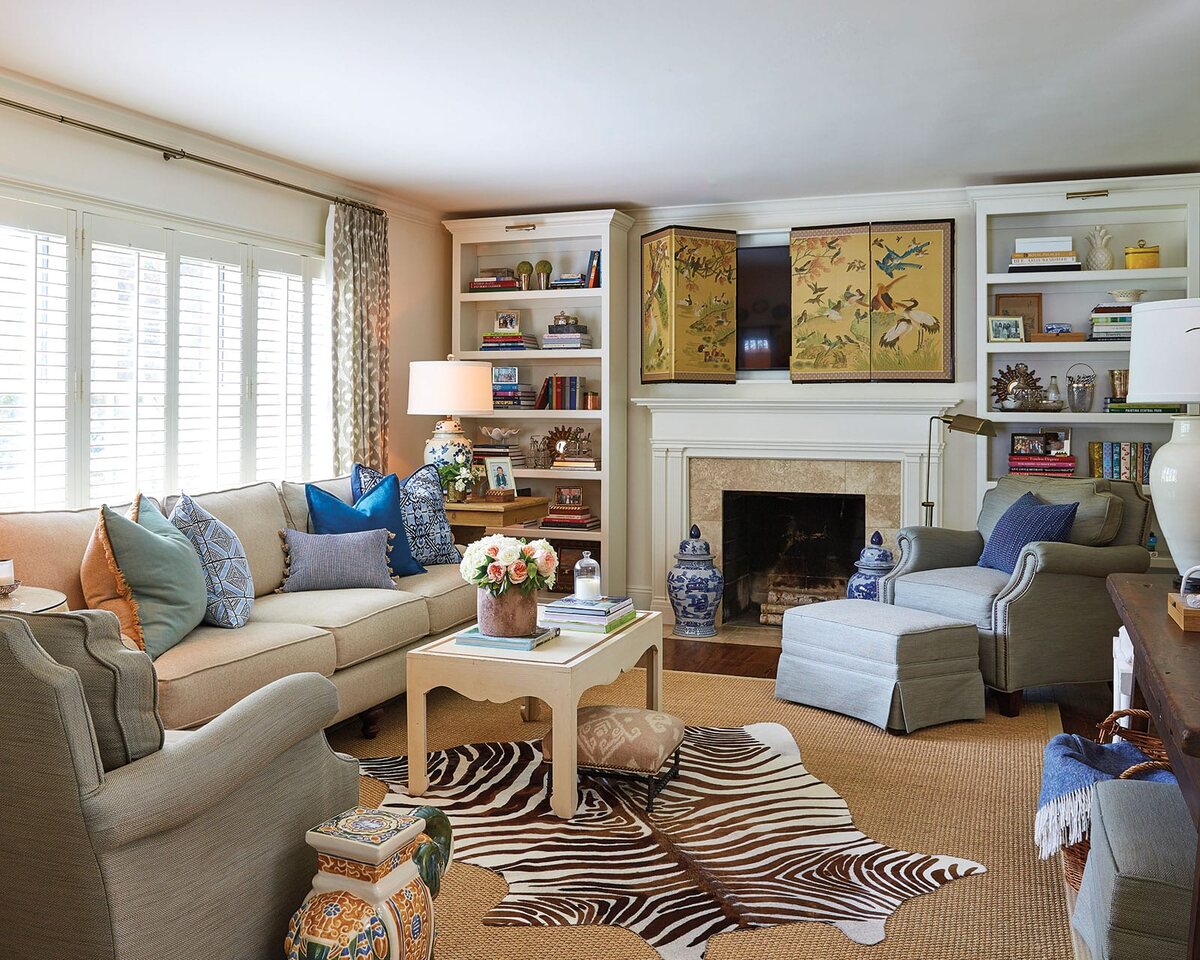
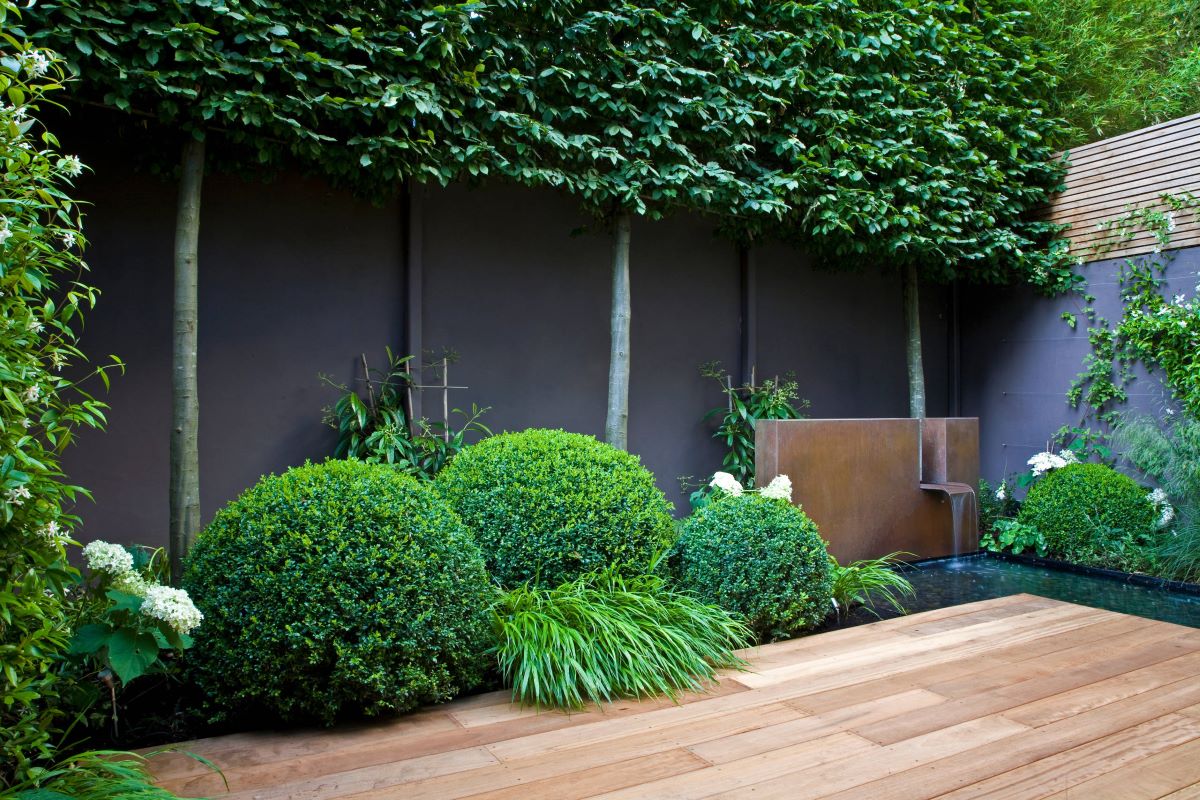
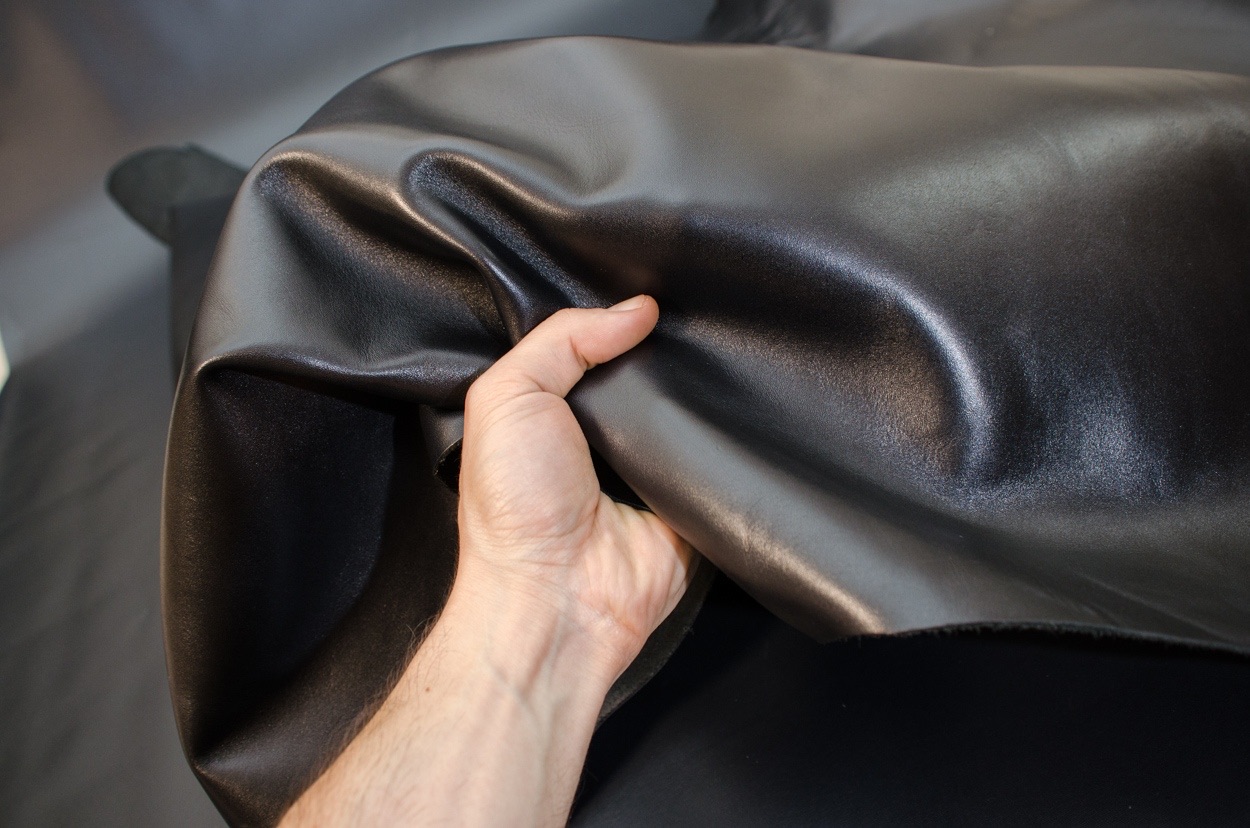


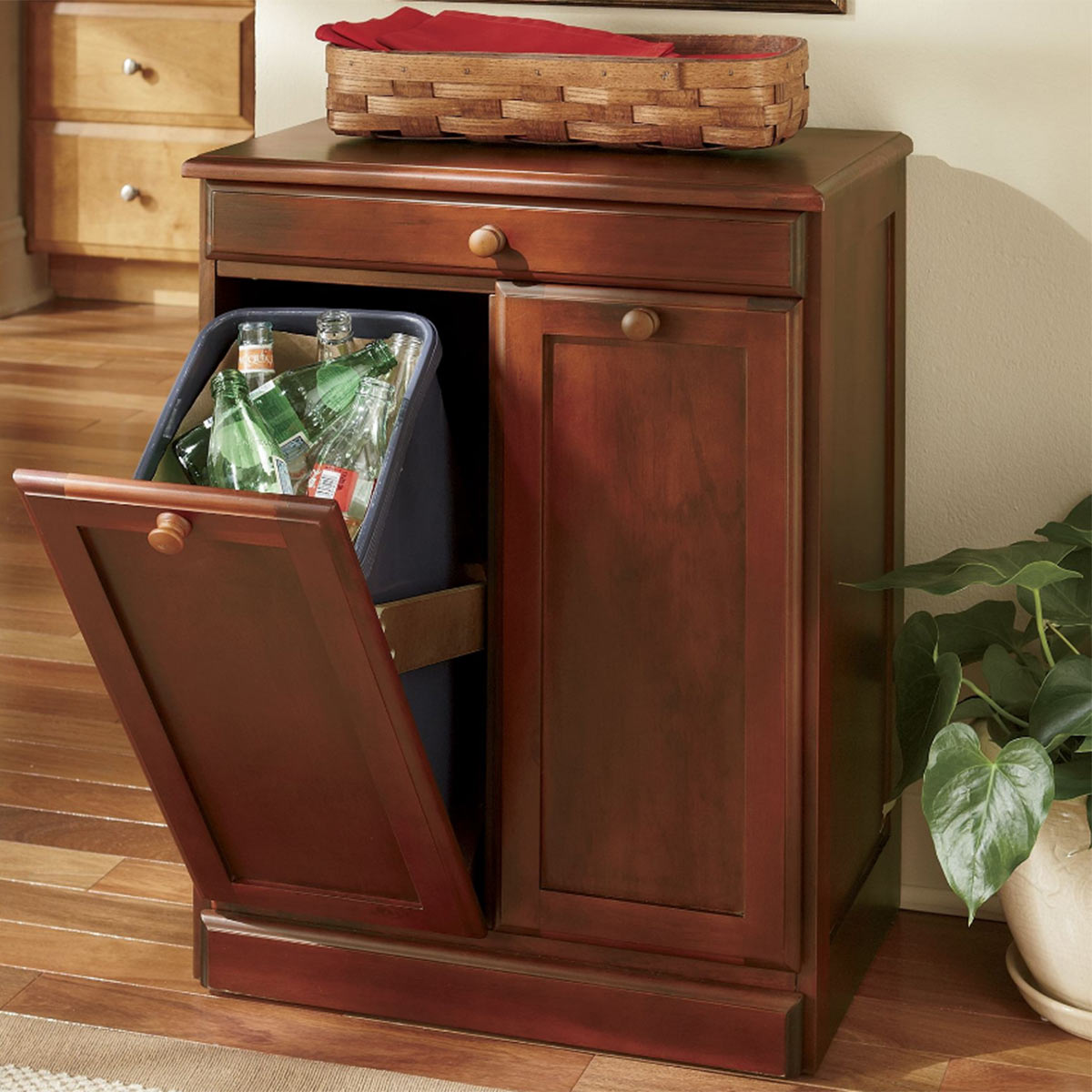

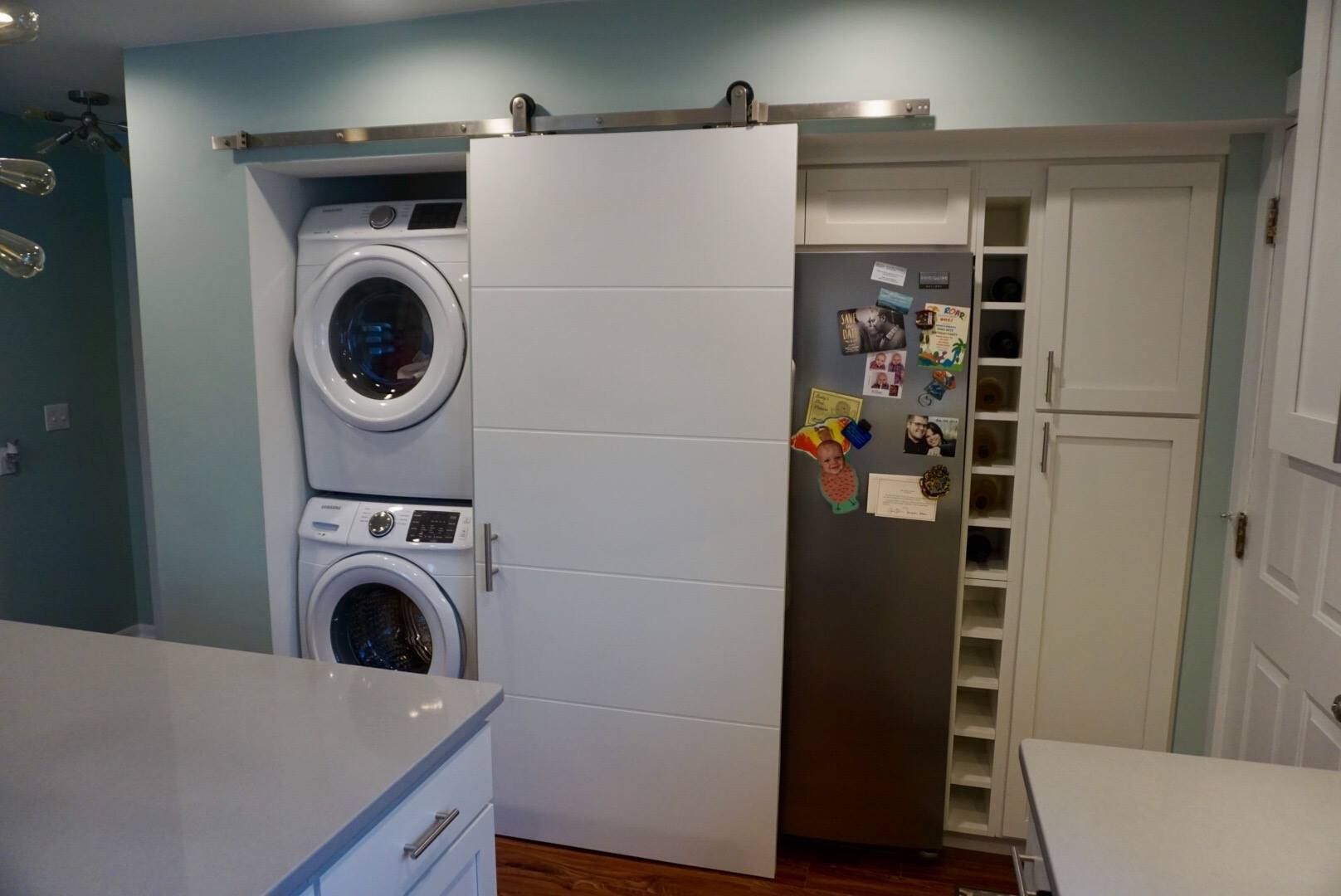

0 thoughts on “How To Hide A Fireplace”